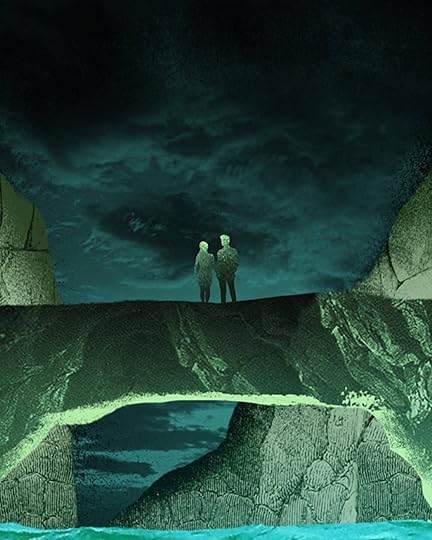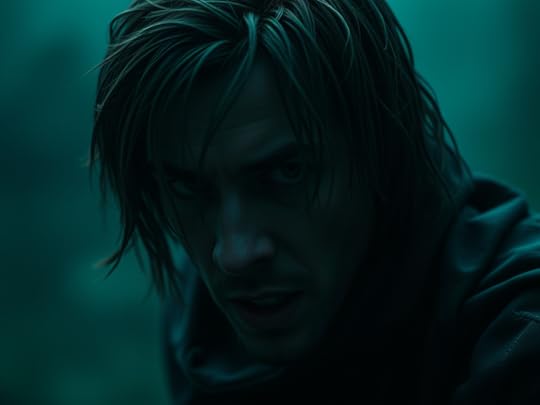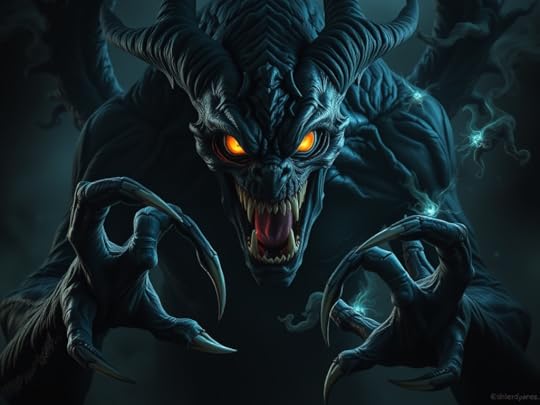Writing Spooky

I’ve been on a mission to write a spooky story. Spooky with a capital S. To create a hair-raising universe that dwells in shadow, embraces the unholy, and resides fully in that twilight realm where reality frays at its edges. It’s a place where the essence of Halloween – the disguises, the suspension of disbelief, the veneration, yet heart-fear of the dead – is a way of life.
While all of my fiction has dabbled in spooky elements, parting the veil and allowing the appearance of a ghost or a divine revelation slip through, these were mere whispers from beyond, not full-throated conversations with darkness.
Finally, after years of starts and stops, I’m having those conversations with the brakes off.
I’ve always been drawn to that which lingers beyond explanation. The unexplained is intimate, testing boundaries and beliefs, even our sanity. The spooky story – robed in an aesthetic of misty graveyards under moonlight, skeletal trees tangled in weeping winds, solitary footsteps, and corners so dark they seem impenetrable – thrills and seduces like a lover. The kind of lover your friends all warn you about.
“Stay away,” they caution. “That one’s messing with your mind, only after one thing.”
But the spooky story I’m aiming for is no run of the mill bad boy. It’s not the mindless slasher, or murderous space alien. Those are too easy to dismiss, and they ignore what the Bible aptly calls “the glamour of evil.”
My focus isn’t on the immediate shock—the blood spatter, the jump scares, the frantic pursuit—but rather on deeper psychological terrain. This horror delves into unknown destinies and dormant powers awakening in ancestral bloodlines. It’s that persistent sensation of being watched, the creeping doubt about the stability of the world we thought we understood, and the desperate hope that love might somehow flourish amidst a cacophony of terrors. Here, the narrative explores the most human of failures—betrayal and damnation—and contemplates consequences that render physical death a mercy by comparison.

That’s a tall order. Pain-staking and byzantine.
But that’s not what delayed my entry into this spooky story business. I wasn’t wringing my hands over fears that my endeavor might not be good enough to satisfy readers. That’s always a risk, no matter the genre, and the prospect of failure stopped intimidating me about four novels ago.
I’ve been afraid to write a spooky story for the same reason I’m afraid to read one: I’m a chicken.
Despite being well into middle age – our most practical time of life, supposedly, when we’re least susceptible to foolery – I’m still afraid of the dark. I believe in ghosts, and I know evil exists – you’ll never convince me otherwise. My imagination remains a strange amalgam of a child’s and a superstitious grandmother’s. I use talismans to ward off the wicked and the fiendish—prayers, icons, and tokens of faith, borrowed from saints and memories, just enough to let the Sandman come, and keep my dreams from spiraling down a dark rabbit hole of gods and monsters. In short, I love the thrill of fear by day, and hate the way it turns on me after the sun goes down.
Yet here I am, finally going there. To that place that keeps me up at night. A place entirely of my own creation, and one that knows my every phobia, torment, and vulnerability.
Perhaps that is the most frightening journey of all.
 I asked AI to generate the scariest monster ever. How’d it do?
I asked AI to generate the scariest monster ever. How’d it do?



